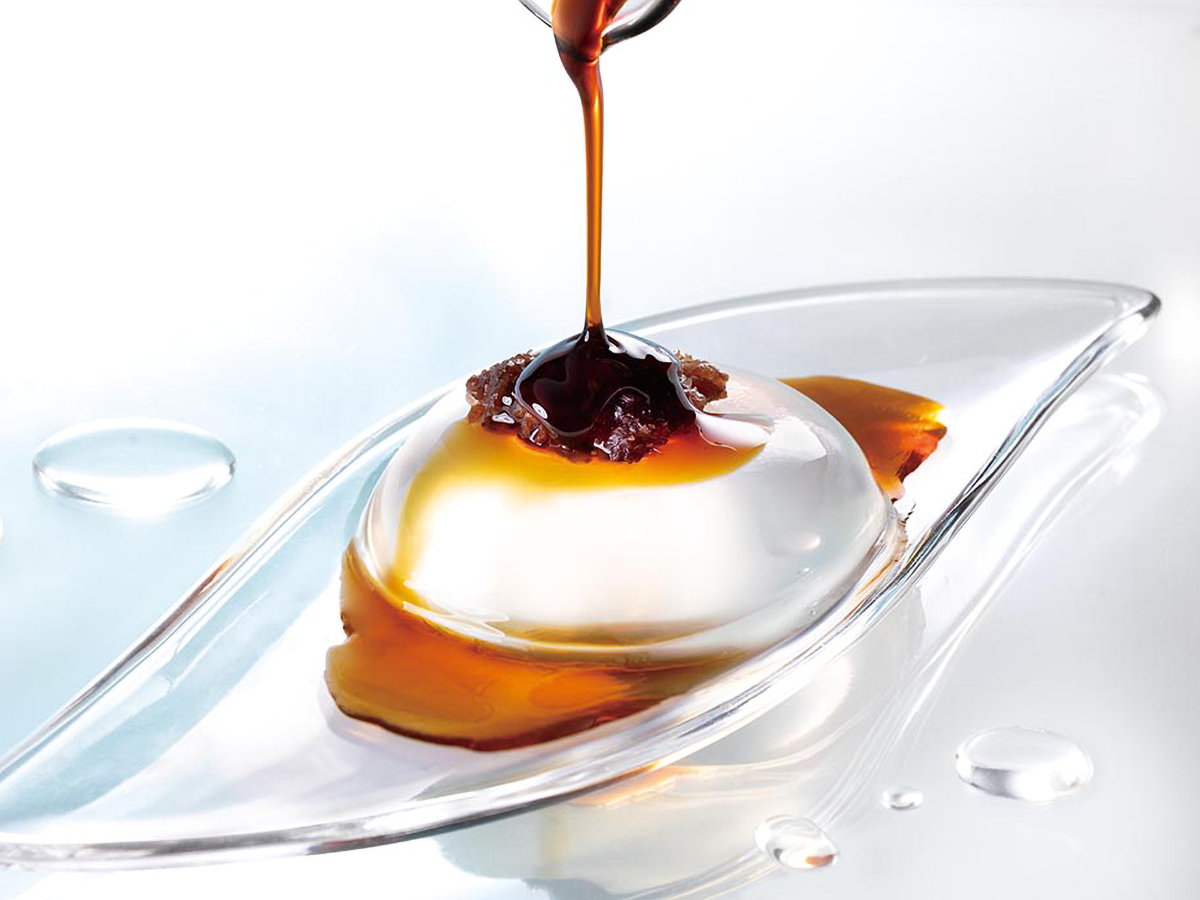
Source: PR Times
Japanese sweet store brings back ‘raindrop cake’ jellies as traditional summer dessert
- Source:
- PR Times
- Tags:
- Raindrop Cake / Wagashi
Related Article
-
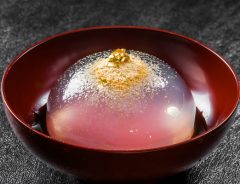
Wagashi: 7 Traditional Japanese Sweets You Have to Try
-
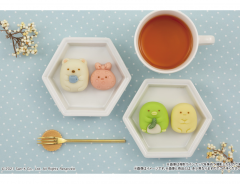
Sumikko Gurashi wagashi from Japanese convenience stores are too cute to consume
-
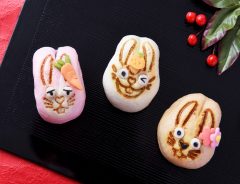
Nibble on these cute Japanese rabbit manjū cakes for 2023!
-
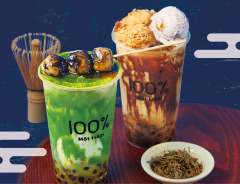
Traditional Kyoto sesame dango and mochi sweets get bubble tea makeover at boba stand in Japan
-
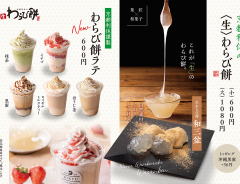
Warabi mochi latte specialists bring wagashi-inspired beverages to Tokyo for limited time only
-

Graceful umeshu plum wine jelly is inspired by a sunset from classical Japanese poetry
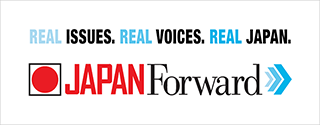

Japanese traditional sweets are known just as much for their presentation as their taste, and one particularly magical looking genre of dessert are those that resemble raindrops. Mizu Shingen mochi is a type of wagashi that drew attention for resembling an edible raindrop, and became known globally as ‘raindrop jellies’ and ‘raindrop cakes’.
One Japanese sweet store, Kamakura Goro, has taken this idea and combined it with the traditional dessert, anmitsu, and created ‘Mizu Anmitsu’. This summer specialty is perfect for the season, since it looks as refreshing as it tastes. The components of an anmitsu dessert, along with a raindrop-inspired jelly, are sold separately so you can make it up at home, at your leisure.
According to Kamakura Goro, the secret behind the instantly refreshing, melt-in-the-mouth treat is that they source the water from Mount Fuji. The spring water-derived jelly is served up chilled with red beans sourced from Hokkaido and syrup made from Okinawan brown sugar.
Since you make it at home, you can serve it however you like. You may want to cut the jelly up, similar to a traditional anmitsu.
Or you can keep the jelly in its photogenic raindrop form.
The sets come in a range of sizes, from enough ingredients for just one single anmitsu (270 yen), up to nine (2732 yen).
They can be picked up at branches of Kamakura Goro including the main branch in Kamakura, Daimaru Tokyo, Seibu Ikebukuro, and other sister stores.